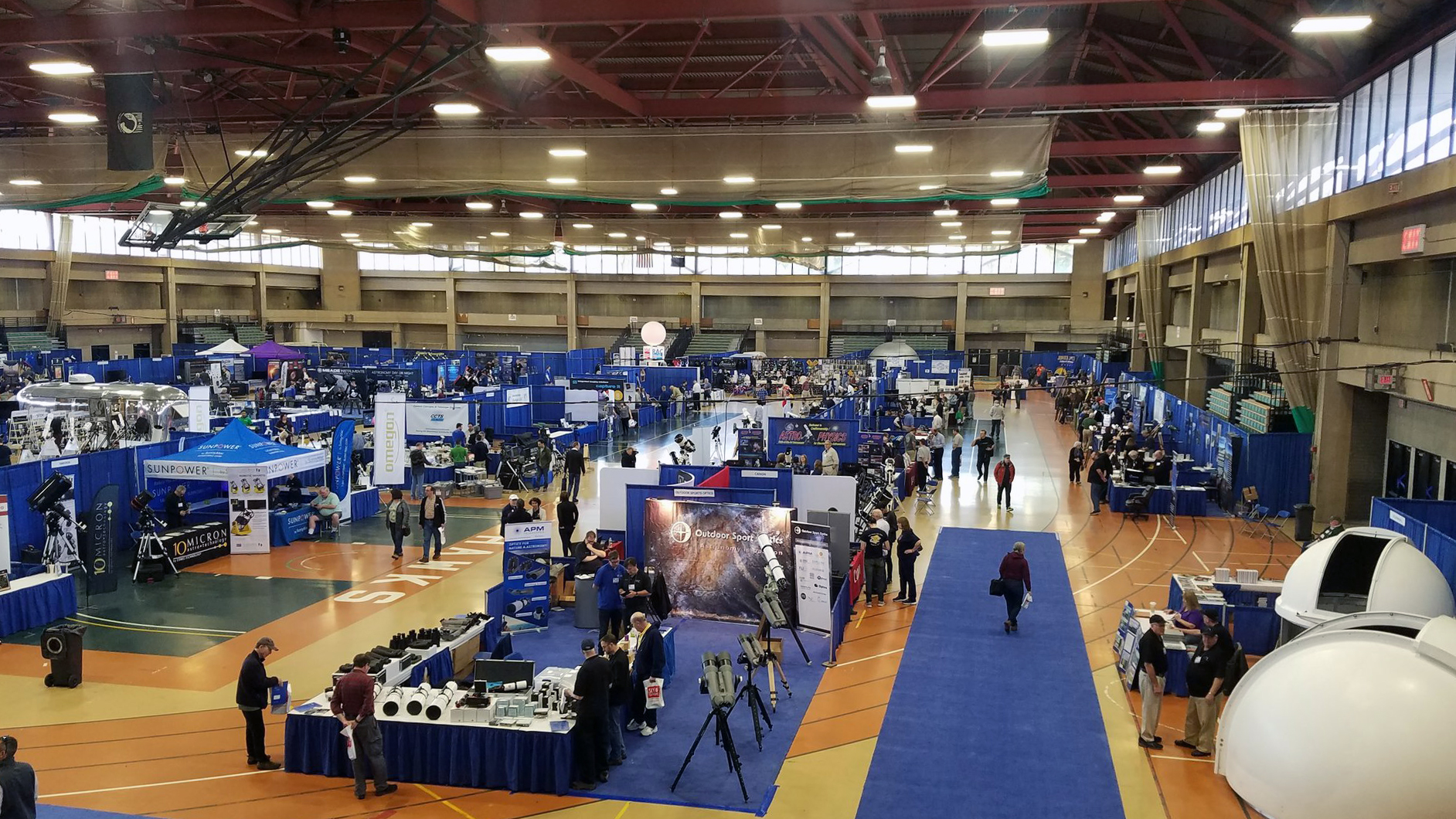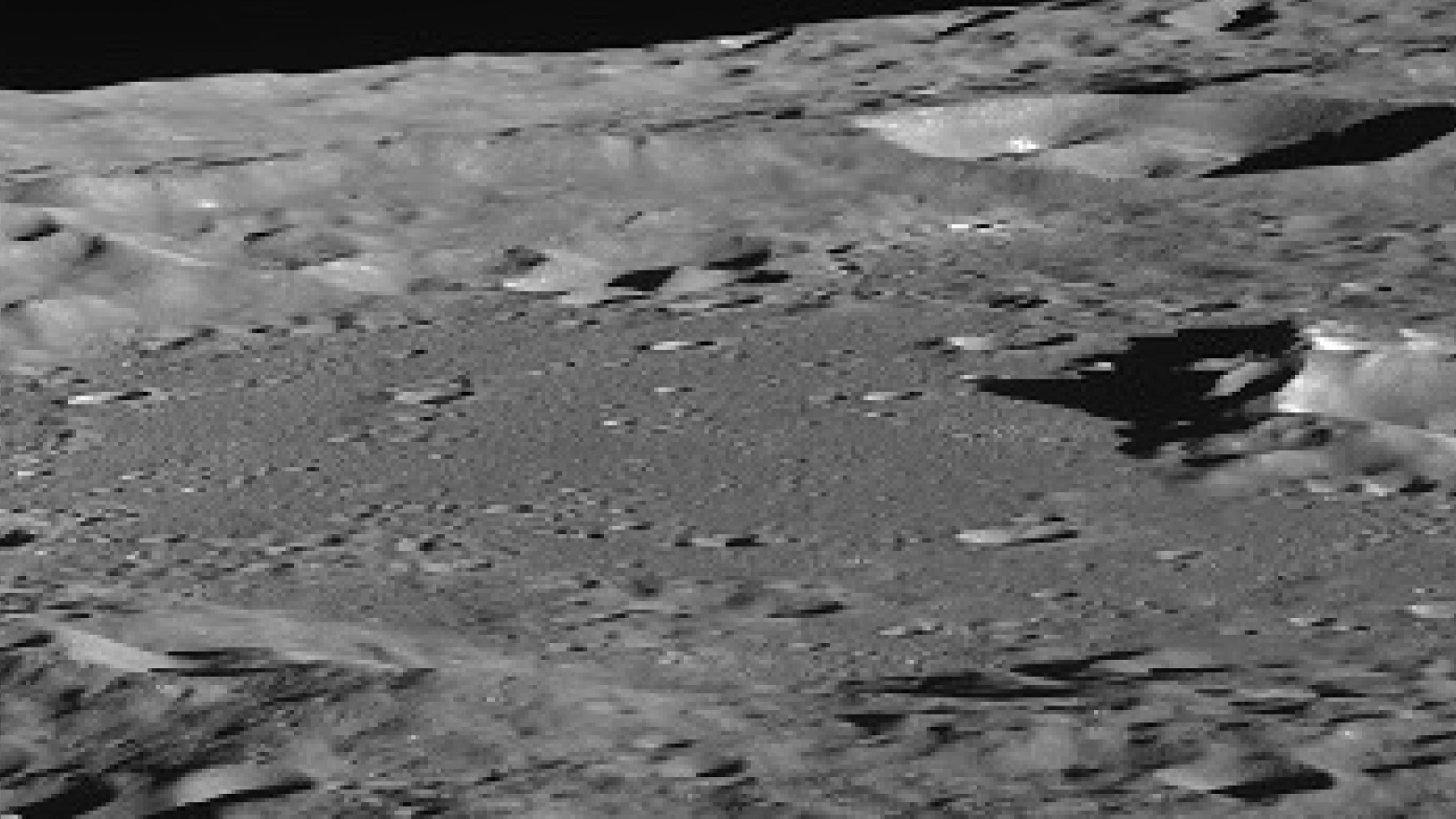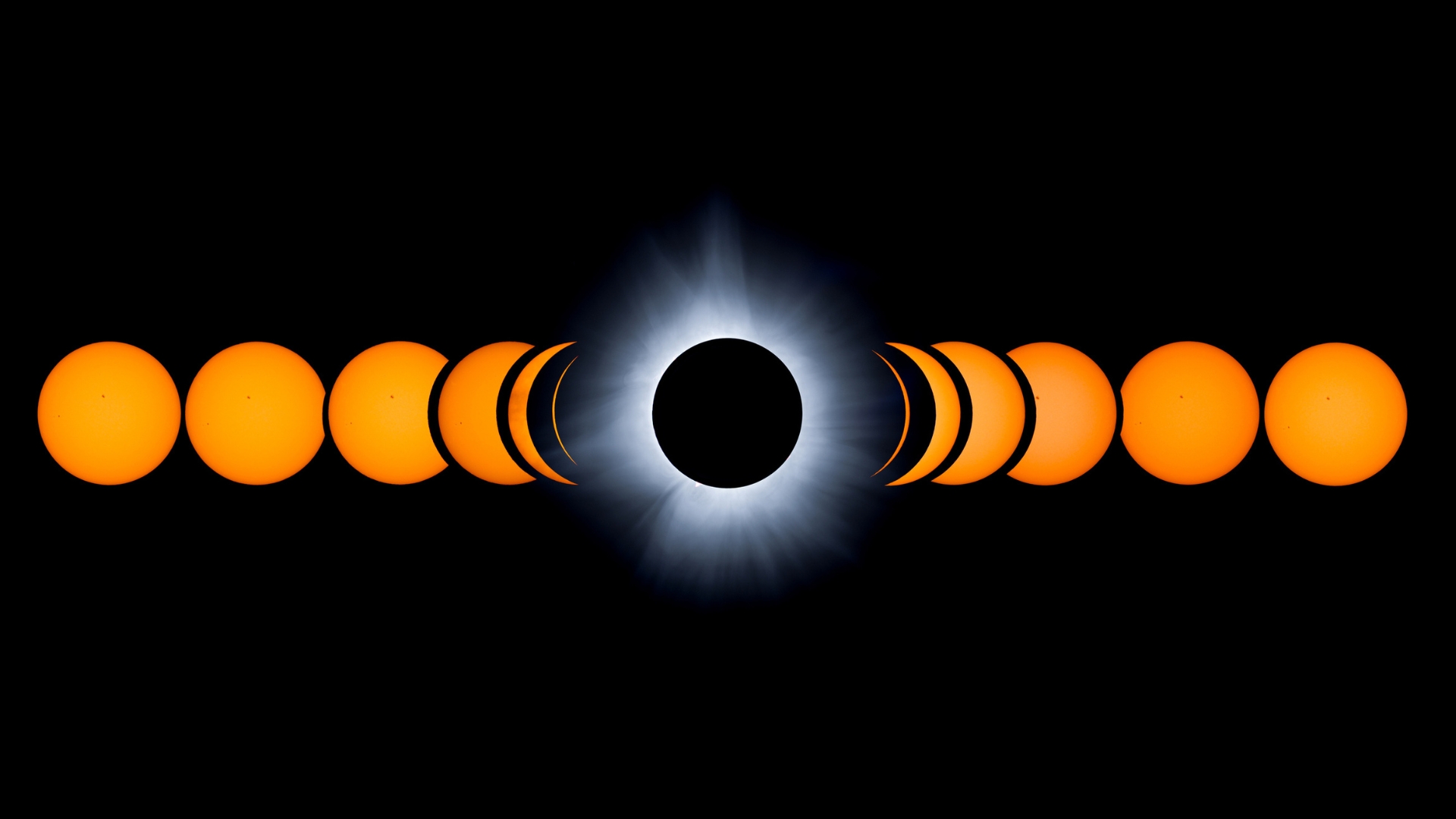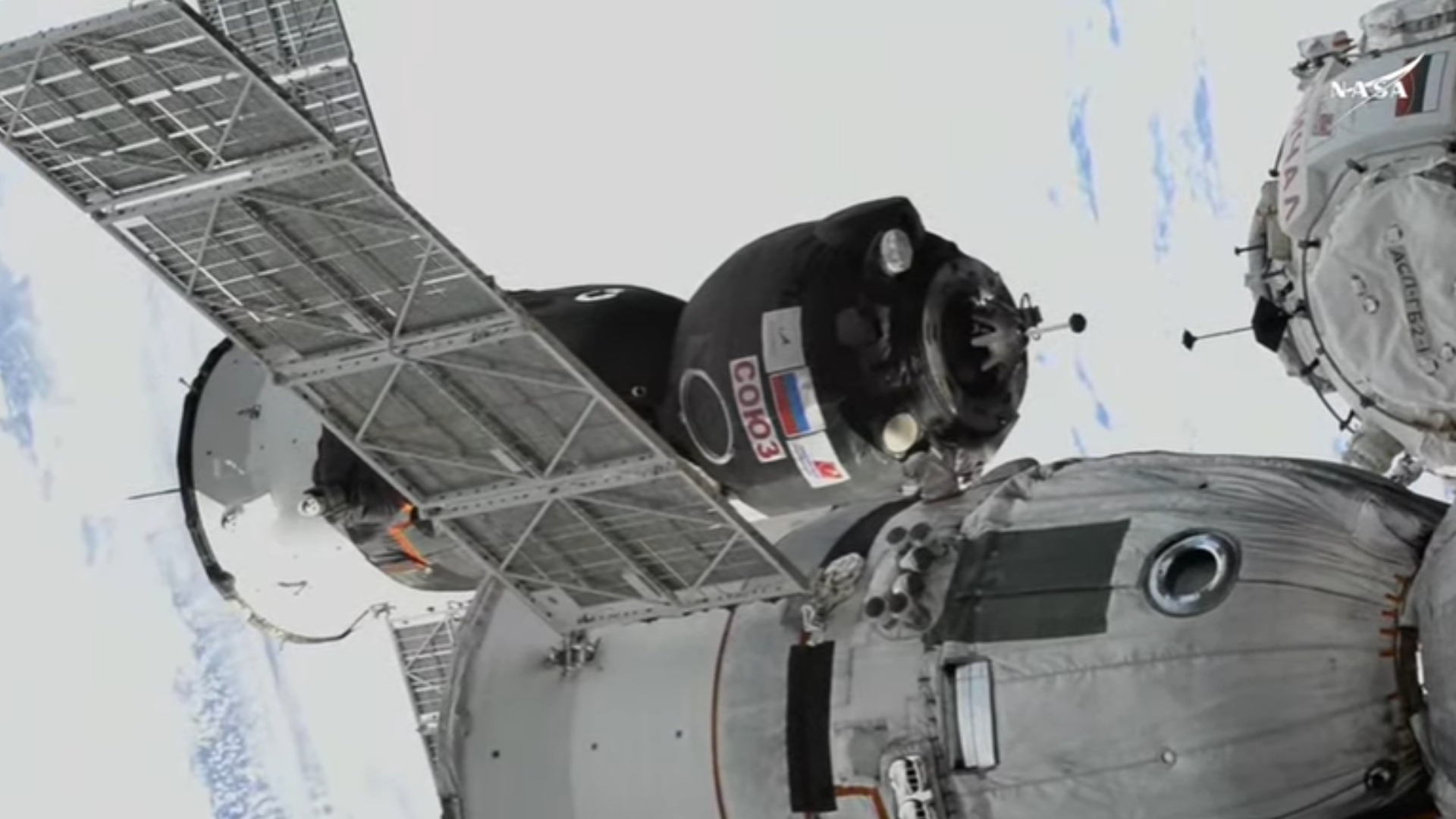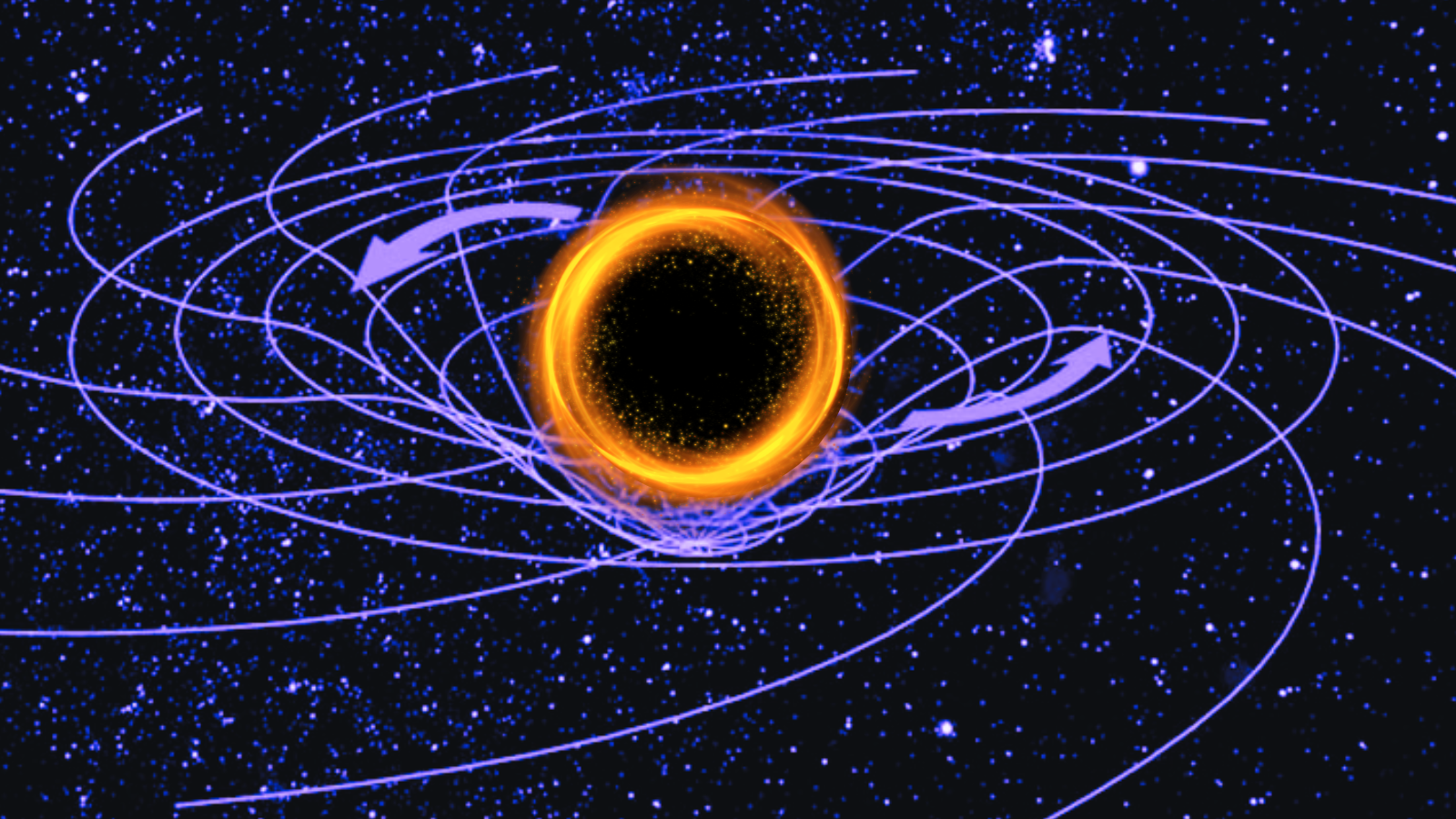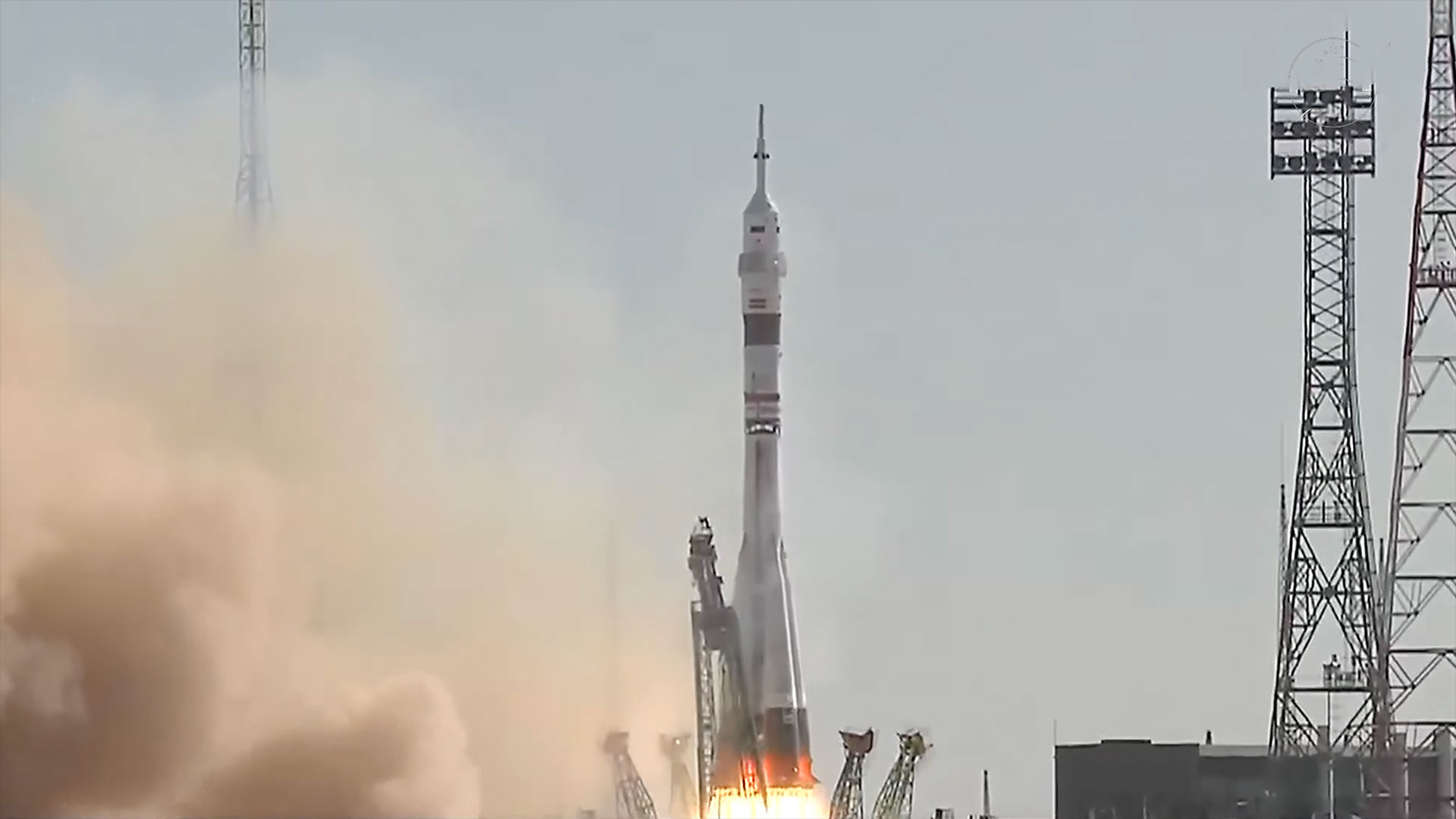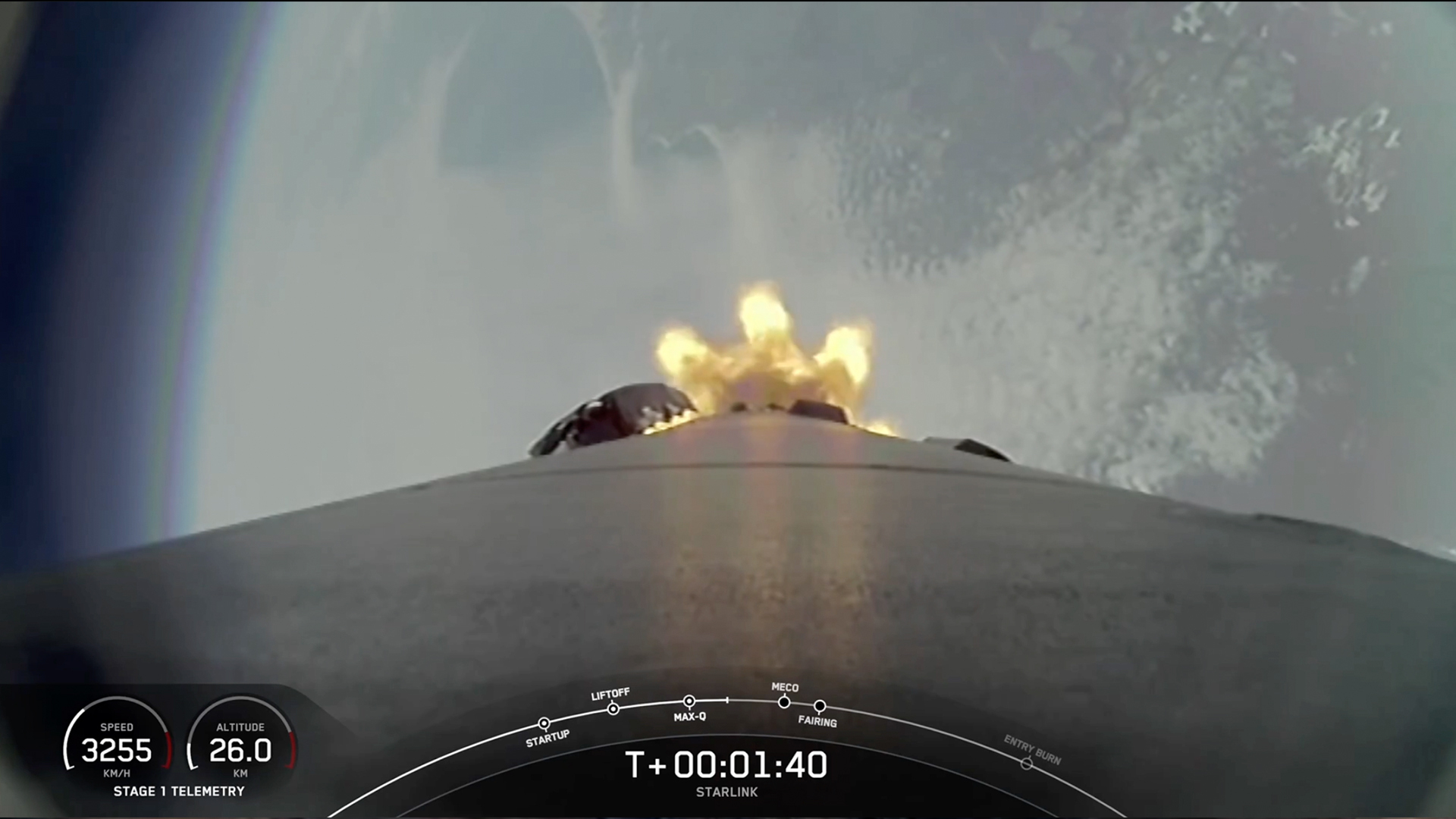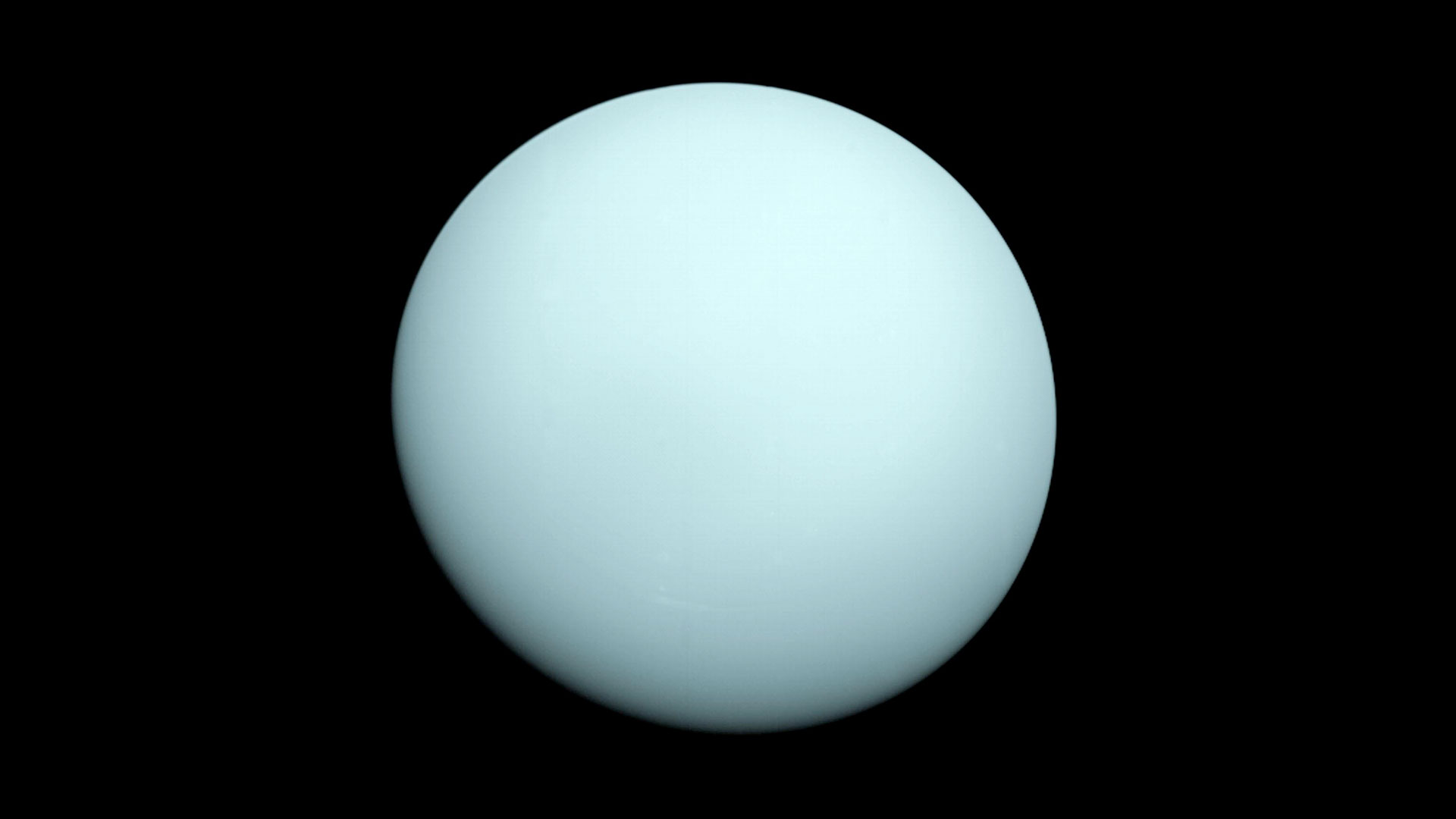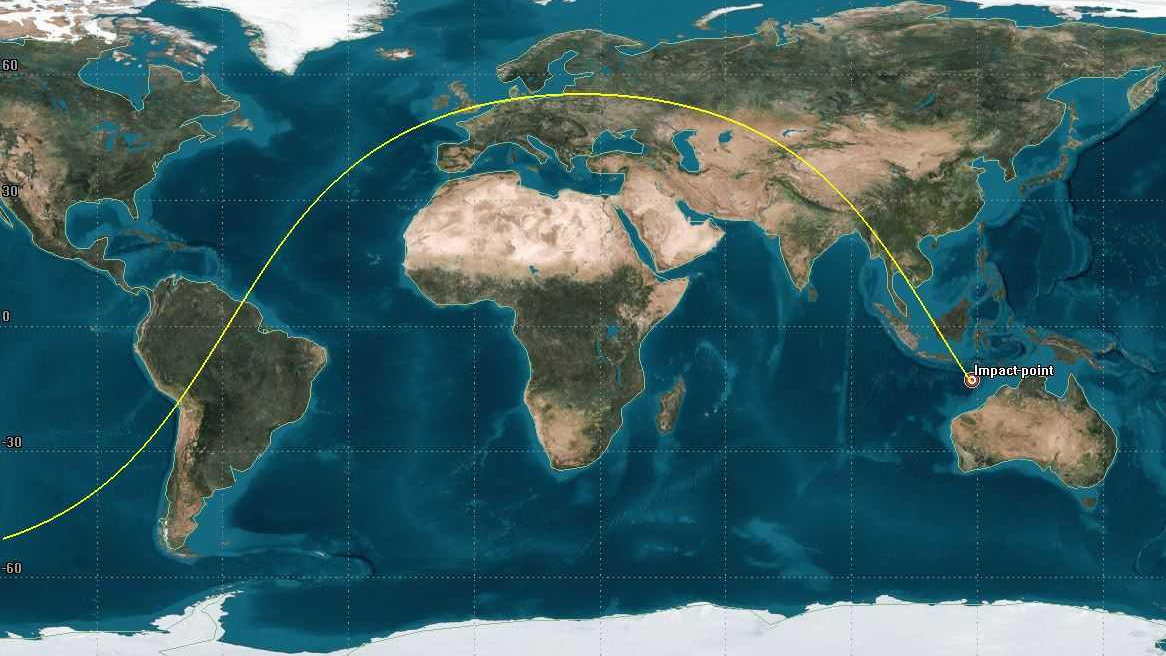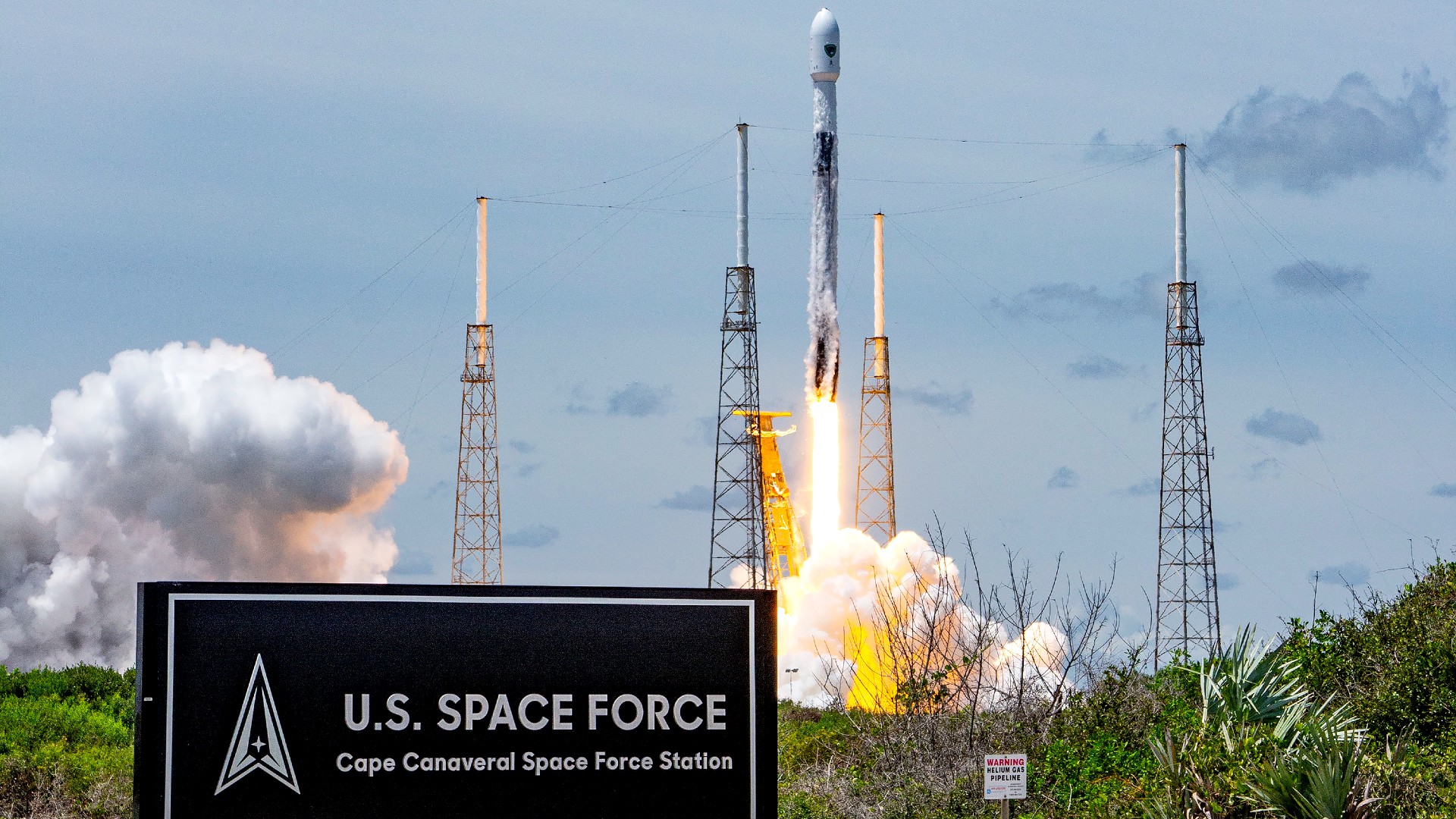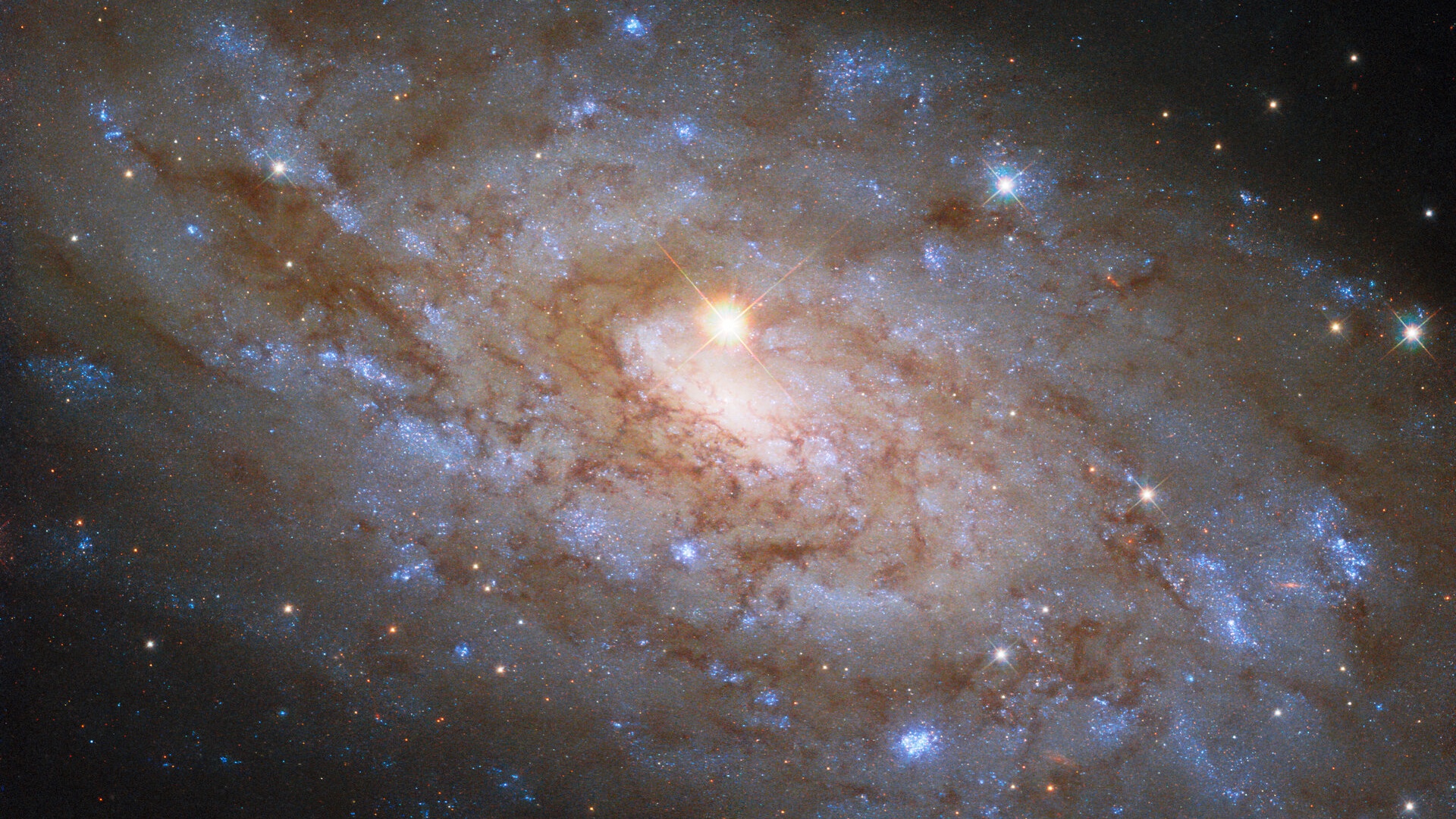Here are some of the more noteworthy sky events that will take place this year. SPACE.com's weekly Night Sky column will provide more extensive coverage of each event as they draw closer.
March 3, May 24, July 17-18 - Occultations of the star Antares. This ruddy, first-magnitude star will be hidden three times for parts of North America in 2005. The March event involves a last quarter Moon and favors central and western regions before sunrise. The May occultation will be visible across the lower 48 states and southern Canada during the predawn hours, but the Moon is practically full. The July opportunity will be accessible only across the southern U.S., though elsewhere Antares and the 85% waxing gibbous Moon will appear to come tantalizingly close to each other.
April 8 - Partial Eclipse of the Sun. This event will be visible only across the southern half of the United States. An unusual annular-total eclipse will occur chiefly over the South Pacific Ocean, coming to an end toward sunset over Panama, Colombia and Venezuela. In the United States, this is primarily a late-afternoon to early evening eclipse, with the Moon appearing to take a relatively small "bite" out of the Sun's lower limb.
April 24 - Penumbral Eclipse of the Moon. This minor lunar eclipse will be visible across much of North America. The Moon begins to enter the Earth's outer penumbral shadow at 2:50 a.m. CDT, but the best time to look will be from about 4:30 a.m. until around 5:20 a.m., when a slight charcoal shading may be evident along the Moon's upper edge. Maximum eclipse occurs at 4:55 a.m. when 89% of the Moon's diameter will lie inside the penumbra. For those in the eastern U.S., however, the Moon will either stand very low above the western horizon, or may have already set.
June 23-29 - Planet trio. The three planets that will cluster to within 5? of each other, low in the west-northwest evening twilight are Venus (magnitude -3.9), Saturn (+0.2) and Mercury (-0.2). Between June 23 and 29, these three will fit within a circle measuring just 5? across, the smallest circle (1.4?) occurring on June 26. As such, their rapidly changing night-to-night positions relative to one another should be most fascinating to watch. Individual conjunctions include Venus and Saturn (1.3? on June 25), Mercury and Saturn (1.4? on June 26), and Mercury and Venus (a mere 0.1? on June 27). A drawback for observers will be that these three planets will be visible for at best for only about an hour after sundown before they start getting too low to the horizon to be readily observable. Also during this time frame, take note of the "Twin Stars," Pollux (+1.2) and Castor (+1.6) of Gemini, which will be positioned roughly 6 to 10? above and to the right (west-northwest) of the trio.
August 11-12 - Perseid Meteor Shower. The year 2005 should be a good year for the Perseids because the bright first quarter Moon will set just before 11 p.m. leaving the sky dark for the prime meteor-watching hours of early morning. A very good shower such as this will produce about one meteor per minute for a given observer under a dark country sky. Any light pollution or moonlight considerably reduces the count. Typically during an overnight watch, the Perseids are capable of producing a number of bright, flaring and fragmenting meteors, which leave fine trains in their wake, making for an exciting night for those who plan to spend a summer's night camped out under the stars.
October 17 - Partial Eclipse of the Moon. Admittedly, this really isn't much of an eclipse. The western U.S. and Canada will see the umbral phase in its entirety (4:34 to 5:33 a.m. PDT), though the central states will get views of the opening stages before the Moon sets. At maximum, a whopping 7 percent of the Moon is within the Earth's dark shadow.
Get the Space.com Newsletter
Breaking space news, the latest updates on rocket launches, skywatching events and more!
October and November: The Autumn of Mars - Shining like a star with a yellowish-orange hue, Mars can vary considerably in brightness and this characteristic will be clearly demonstrated through much of 2005. While initially not much to look at, this year will evolve into a splendid year for observing Mars. It will be closest to the Earth on October 29 when it will be just 43.1 million miles away. It arrives at opposition to the Sun nine days later on November 7. While not as close an approach as its previous two favorable oppositions (in 2003 and 2001) such a close approach this year will still loan itself to making Mars appear exceptionally brilliant. Indeed, through much of the fall, Mars will outshine Sirius (the brightest of all stars) and during most of October and November it will rival even Jupiter (the planet normally second in brightness only to Venus).
December 25 - Occultation of the star Spica. A celestial Christmas gift for those living in the northwestern United States and western Canada. Observers will be able to watch as a fat crescent Moon hides this bluish first magnitude star about 60 to 90 minutes before local sunrise.
Basic Sky Guides
- Full Moon Fever
- Astrophotography 101
- Sky Calendar & Moon Phases
- 10 Steps to Rewarding Stargazing
- Understanding the Ecliptic and the Zodiac
- False Dawn: All about the Zodiacal Light
- Reading Weather in the Sun, Moon and Stars
- How and Why the Night Sky Changes with the Seasons
- Night Sky Main Page: More Skywatching News & Features

Starry Night software brings the universe to your desktop. Map the sky from your location, or just sit back and let the cosmos come to you.

Joe Rao serves as an instructor and guest lecturer at New York's Hayden Planetarium. He writes about astronomy for The New York Times and other publications, and he is also an on-camera meteorologist for News 12 Westchester, New York.
Join our Space Forums to keep talking space on the latest missions, night sky and more! And if you have a news tip, correction or comment, let us know at: community@space.com.

Joe Rao is Space.com's skywatching columnist, as well as a veteran meteorologist and eclipse chaser who also serves as an instructor and guest lecturer at New York's Hayden Planetarium. He writes about astronomy for Natural History magazine, Sky & Telescope and other publications. Joe is an 8-time Emmy-nominated meteorologist who served the Putnam Valley region of New York for over 21 years. You can find him on Twitter and YouTube tracking lunar and solar eclipses, meteor showers and more. To find out Joe's latest project, visit him on Twitter.
